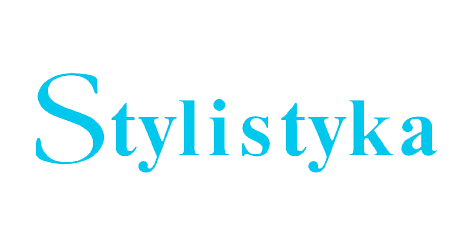

Many advertisements achieve their effect through the borrowing and inter-weaving of other discourse types, genres, text models. They quote them in a wide sense ofthe word, exploring their communicative potential, be it proverbs, popular sayings, idioms, and other culturally significant texts, with the Bible among them. Ads are parasitic on the well-known historical and even philosophical quotations, they make use ofstrips oftexts which have already been used for some other purpose, such as titles ofthe books, songs, films etc. They borrow so many features ofother discourses to attract and mystify the receiver, through imitation, parody and bricolage, that they are in danger of having no identity oftheir own. Ads share, or attempt to share, the feature ofintertextuality with literature, however, unlike in literature, which allows the voices of other discourses to enter into literary discourse with their accompanying potential and heteroglossia, in ads these voices are silenced by a single monologic and authoritative voice at the end. Ads have a clear purpose that is to be claimed and the finaljudgement must be clear to the receiver. However, ads also provide exceptions, sometimes offering more heteroglossia than usually.
Pobierz pliki
Zasady cytowania